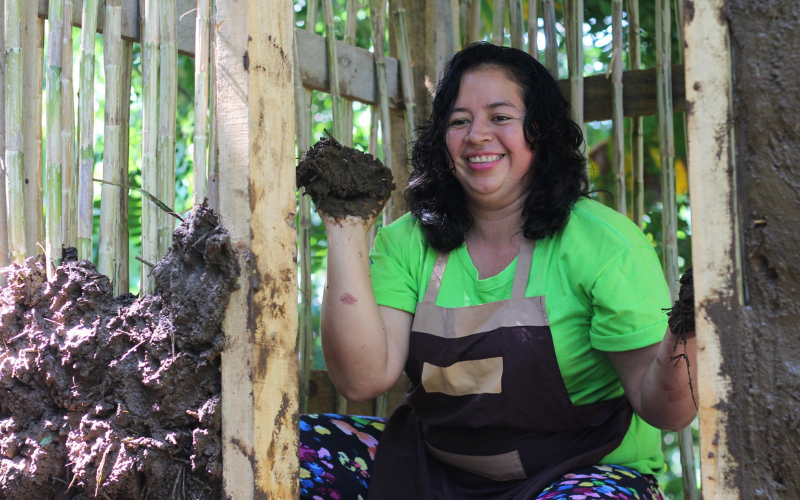Initially devised to help house middle-income families, this efficient building process can also be used for housing provision for low-income households. Each home has an individual water and electrical supply and is constructed using a prefabricated system. To date over 6000 people have been housed with the help of quick and efficient site management, each household buying their home under a recently introduced social housing law which promotes mortgage loans at low sustained interest for a period of time not less than 15 years. Social integration is facilitated and an established recreational complex has developed.






